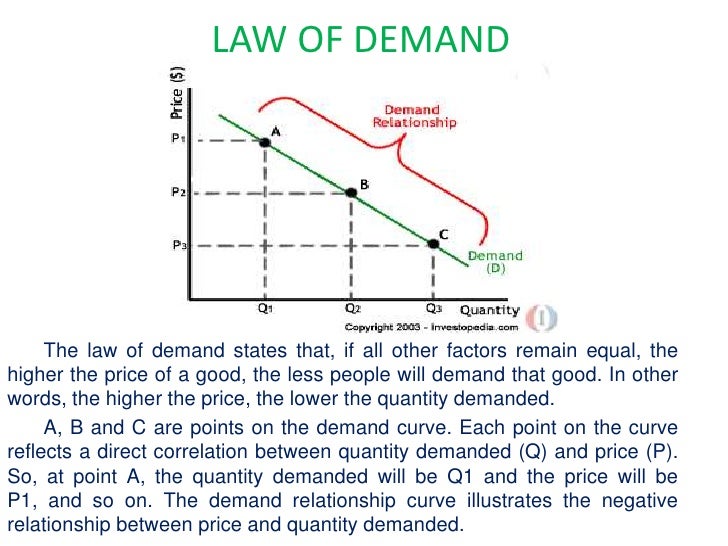Understanding the Law of Demand: The Relationship Between Price and Quantity

What Does the Law of Demand State?
The law of demand states that the quantity of a good or service demanded by consumers decreases as the price of that good or service increases, and vice versa. In other words, the demand for a good or service is inversely proportional to its price. This means that when the price of a good or service goes up, people tend to buy less of it, and when the price goes down, people tend to buy more of it.
The Application of the Law of Demand
The law of demand is applicable to all types of goods and services, including luxury items and necessities. It is also applicable to all types of consumers, whether they are individuals or businesses. The law of demand is an important concept in economics, as it helps businesses and policymakers understand the behavior of consumers in response to changes in prices.
The Advantages and Disadvantages of the Law of Demand
The law of demand has several advantages, such as providing businesses with a better understanding of the market and helping them make informed pricing decisions. It also helps policymakers in developing appropriate economic policies based on consumer behavior.
However, the law of demand also has some disadvantages. For instance, it assumes that consumers are rational and have perfect information about the market, which is not always the case. It also assumes that there are no other factors that can influence consumer behavior, such as changes in income, tastes, and preferences.
FAQs
1. What is the difference between the law of demand and the law of supply?
The law of demand states that the quantity of a good or service demanded by consumers decreases as the price of that good or service increases, while the law of supply states that the quantity of a good or service supplied by producers increases as the price of that good or service increases.
2. Can the law of demand be violated?
While the law of demand is a general principle that holds true in most cases, it can be violated in certain situations, such as when the price of a good or service is considered a status symbol or when consumers have limited alternatives.
3. How does the law of demand affect businesses?
The law of demand affects businesses by helping them understand the behavior of consumers in response to changes in prices. By understanding the law of demand, businesses can make informed pricing decisions and develop effective marketing strategies.
4. What are some factors that can influence consumer behavior?
Some factors that can influence consumer behavior include changes in income, tastes, and preferences, as well as the availability of substitutes and complementary goods.
In conclusion, the law of demand is an important concept in economics that explains the relationship between the price and quantity of goods and services. By understanding the law of demand, businesses and policymakers can make informed decisions that can benefit both consumers and the economy as a whole.
